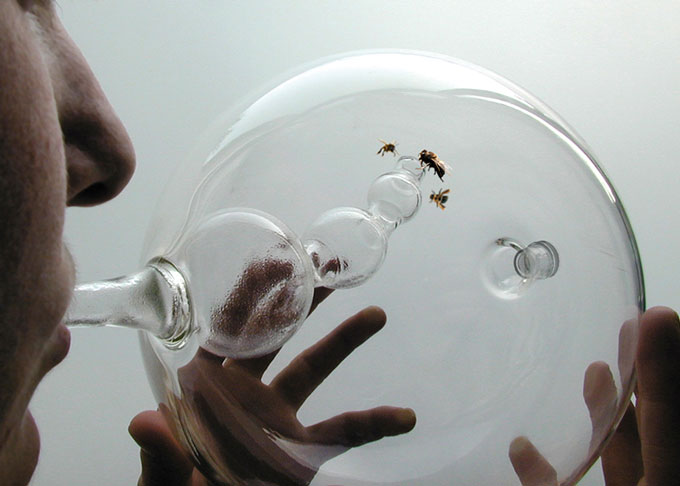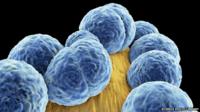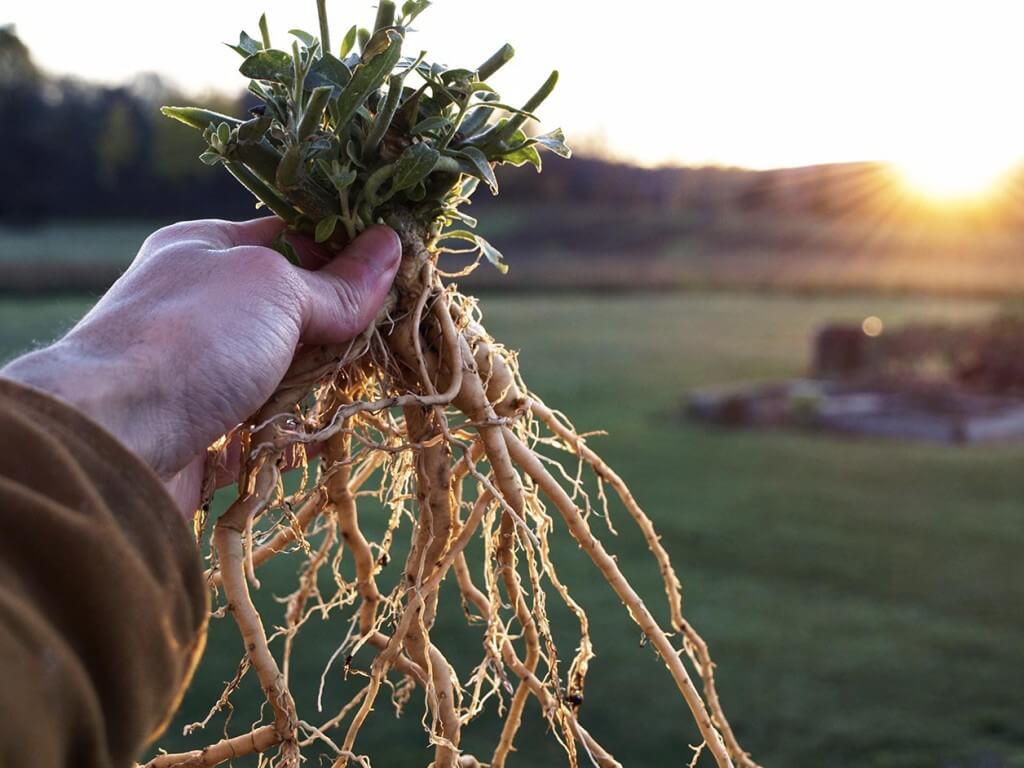It is no coincidence that both Traditional Chinese medicine and Ayurveda, arguably the two oldest systems of medicine on the planet, consider digestion to be one of the key factors influencing our health. These forerunners of modern medicine discovered through thousands of years of clinical practice and observation that a very direct link exists between a person’s digestive health and their physical and mental wellbeing. In fact, some of the more radical Ayurvedic doctors go so far as to not even acknowledge the presence of individual diseases, believing that all imbalances in the body stem from deficient digestion and faulty diet in one form or another. Patients are treated with a combination of specific herbs and dietary therapies aimed at strengthening and healing the digestive tract, quite frequently with remarkable success. While this may be a ‘fringe’ point of view to some, the fact is that it highlights the foundational role that digestion plays in our overall health and wellbeing.
“Let food be they medicine. – Hippocrates
Modern nutritional research has in large part validated this ancient knowledge, confirming that diet does indeed play a major role in health. So much so, in fact, that we have been led to believe by many well-meaning nutritionists and doctors that eating whole, organic, unprocessed food is the single most important thing we can do to improve our overall health. And, they are right: whole, unprocessed foods are truly essential for lifelong health. However, in reality, this is only half of the ‘health equation.’
As you may have guessed, digestion is the other piece of the puzzle, equally important and yet rarely acknowledged. The quality and strength of your digestion governs the ability of your body to properly absorb the nutrients from the food you are eating. Without a healthy, well-functioning digestive tract, even the best dietary habits will do you little good as your body struggles to process the essential nutrients locked away in your food. The fact is that if you cannot fully assimilate what you eat, you will invariably experience disease and unnecessary suffering regardless of any other measures taken towards maintaining and improving your health.
Hidden in Plain Sight
In the West, most people are not absorbing all the potential nutrition from the foods they eat, due to varying levels of deficient digestion. When you see the nutrition facts panel that lists what various vitamins and minerals are in the food you are eating, it is tempting to think that you simply absorb it all when you consume that food-I know I did for many years. But it was not until I began studying Ayurveda and Chinese Medicine that I learned not all of the nutrients we eat are absorbed unless our digestion is operating at its peak. In cases of deficient digestion, as little as half (in severe situations, even less) of what we consume in terms of actual nutrients-vitamins, minerals, protein (amino acids)-is actually assimilated into our bloodstream and used by our bodies. This is due to the less-than-ideal state of the digestive tract in most individuals nowadays, which arises from the detrimental eating and lifestyle habits that have become commonplace in Western culture.
Gluten Intolerance… or Just Poor Digestion?
As a society, we are collectively becoming more aware of the relationship between what we eat and our health, which is a major step in the right direction. However, we have a tendency to incorrectly vilify certain foods, when the real culprit is not the foods themselves, but deficient digestion.
For example, the number of people claiming to have gluten intolerance has reached epidemic proportions; but only a handful actually have a medically diagnosable allergy to gluten known as Celiac disease. For those diagnosed with Celiac disease, it is truly life threatening to consume wheat and other gluten-containing products. The rest of the ‘gluten-intolerant’ population simply experiences mild-to-severe discomfort when consuming gluten-containing grains, the reason for which is believed to be the gluten itself.
Gluten is a protein found in high concentrations in modern, hybridized varieties of wheat and other similar grains (such as rye, barley and spelt) that can irritate the digestive tract of sensitive individuals. However, it has been my experience that, in most cases, the true culprit is not the gluten itself, but undiagnosed deficient digestion.
“We have a tendency to incorrectly vilify certain foods, when the real culprit is not the foods themselves, but deficient digestion
I should know. For years, I experienced many of the telltale signs and symptoms of gluten intolerance: headaches, bloating, dizziness, pain in the digestive tract and generally feeling terrible after eating wheat or other gluten grains. And yet, that all changed once I began to heal my digestive tract using many of the guidelines that will be revealed later in this article, based primarily on Ayurvedic and Traditional Chinese Medicine. After a few months of concerted effort, I was able to eat wheat and other gluten grains with no ill effects whatsoever.
Let me be clear that I am not denying the existence of Celiac disease or saying that gluten is harmless. Wheat and other gluten-containing grains are definitely some of the most irritating foods for the digestive tract and anyone working to heal their digestion is advised to avoid them for some time. However, they typically only become a problem for most people when they are concurrently experiencing deficient digestion. Eaten in moderation, organic, minimally hybridized wheat is a particularly healthy food. Few know this, but wheat is perhaps the most nutrient dense of all grains and, furthermore, has been a mainstay of the human diet for thousands of years.
How Digestion Works
One of the primary reasons people develop weak digestion is simply that they lack a basic understanding of how the digestive process operates. Armed with this knowledge, it becomes quite easy to identify if a given food or lifestyle choice will support or hinder digestion.
Digestion actually begins in the mouth. The act of chewing food mixes it with our saliva; rich in digestive enzymes, saliva begins to break down the food even before it reaches our stomach. Therefore, the first step in improving your digestion is to chew your foods thoroughly-a good starting point is at least 20 times per bite. More is ideal, but to be practical, this is probably unreasonable for most people. At first you might have to count to get an idea of the general amount of time 20 ‘chews’ takes, but it will quickly become second nature and eventually a habit.
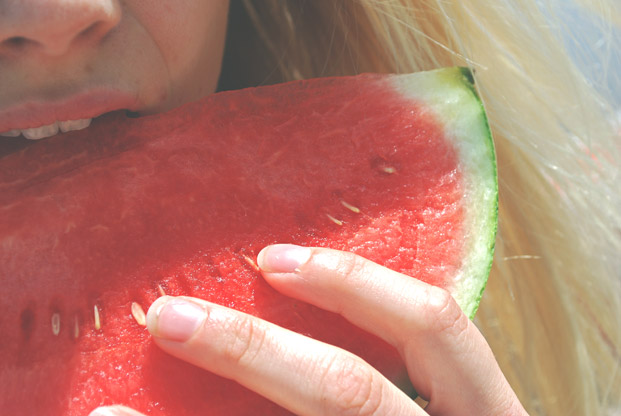 photo: francesca schellhaas photocase.com
photo: francesca schellhaas photocase.com
Once food is swallowed, it enters the stomach, which then secretes hydrochloric acid and various enzymes to further digest and break down the food. This is another critical juncture at which digestive problems frequently arise because many of us have the habit of drinking and eating simultaneously. While a few sips of liquid with meals is harmless, larger amounts begin to dilute the concentration and effectiveness of the hydrochloric acid-enzyme mix and can severely interfere with the digestive process, causing food to enter the intestines without being properly broken down. This can lead to gas, shooting pains and sub-clinical nutrient deficiencies, among other things, as the body struggles to release the vitamins and minerals locked away in the undigested pieces of food.
“The first step in improving your digestion is to chew your foods thoroughly
Many Ayurvedic and Traditional Chinese Medicine doctors recommend abstaining from any beverages for up to 2 hours after a meal, but a more reasonable time frame is at least 30 minutes, and an hour if you can swing it. Again, a few sips is not usually an issue, but drinking more than that could be highly counterproductive, especially if you are trying to rebuild your digestive strength.
As food leaves the stomach and enters the intestines, the pancreas releases enzymes that, along with the beneficial bacteria and microorganisms in the bowels, begin to break it down even further. These beneficial bacteria (also known as probiotics or intestinal flora) are in a delicate balance but are rather resilient if we eat well and abide by the digestive best practices outlined by Ayurveda, Traditional Chinese Medicine and summarized in this article. However, there are some very common things that we do that absolutely decimate this natural symbiosis and are responsible in large part for the epidemic level of digestive problems we face in the West.
By far, the most serious problem is the use of antibiotics. Even as little as one pill can majorly disrupt the digestive tract and kill off an alarming amount of the essential good bacteria that are so intricately linked to our digestive ability and health. The problem with pharmaceutical antibiotics is that they are nondiscriminatory, meaning that they simply kill all intestinal bacteria, good or bad. This may alleviate symptoms in the short term but leaves the door wide open for opportunistic pathogens to take advantage of the serious lack of endogenous, immune-enhancing good bacteria left in the wake of antibiotic use.
Instead of pharmaceutical antibiotics, it is far safer and equally effective to use natural antibiotic medicines that destroy harmful, disease-causing bacteria but leave your essential, beneficial bacteria unharmed and perhaps even strengthened. As a first line of defense, colloidal silver and oil of wild oregano are excellent, time-honored choices.
The Brain in Your Belly
Most people are not aware that a major portion of our nervous system is located in our intestines, also know as the ‘enteric nervous system’ by doctors or, more commonly, as our ‘second brain.’ In fact, more than 90% of the body’s serotonin is produced in the gut, as well as about 50% of the body’s dopamine. Furthermore, your intestines produce and co-regulate 30 other neurotransmitters identical to those found in your brain and are used by your central nervous system to regulate mood, stress levels, sleep patterns, mental functioning and any number of other essential body processes. As you can imagine, an imbalanced, damaged or poorly functioning digestive system-whether that is due to antibiotic use, diet and lifestyle or simply overconsumption of irritating foods-interferes with the functioning of this second brain and has been implicated in depression and other mood disorders, immune system disruption and many other common diseases. Although this enteric nervous system was unknown to Ayurvedic and Traditional Chinese Medicine doctors thousands of years earlier, they clearly recognized that deficient digestion affected the whole person-mentally, physically and spiritually.
‘Healthy’ Diets Can Make Digestion Worse
As a society, we are beginning to collectively realize the intricate relationship between our diet and our health. While this is generally a beneficial shift in awareness, it can-and often does-lead people to embrace ‘healthy’ diets and lifestyles, which can further compromise digestion.
Juicing and Cold Foods
Any food eaten or served cold tends to disrupt digestion to some degree. Our bodies are very warm (98.6 degrees Fahrenheit) and our stomach needs to heat everything we eat up to this temperature for optimal digestion. Eating cold foods puts enormous stress on our digestive system and causes us to only partially digest what we eat. Traditional Chinese Medicine refers to cold foods as damp, which alludes to the effect they have on our digestion. Think of a swamp, clogged and stagnant. Excessive juice or cold foods produce the same effects in our digestive tract.
“More than 90% of the body’s serotonin is produced in the gut, as well as about 50% of the body’s dopamine
Drinking fresh-squeezed juice, or any cold beverage regularly for that matter, also introduces excess liquids into our digestive tract as well, which, as discussed earlier, dilutes our digestive juices. Compounded by the fact that they are cold and typically high in naturally occurring sugar, juices can very quickly imbalance even otherwise robust digestion.
Again, balance is key here. A fresh-squeezed juice a few times a week is usually not a problem if your digestion is strong and healthy. But a juice every day for more than the short term (for example, as part of a cleanse lasting a week or two) is a recipe for digestive problems.
Juicing and cleansing diets make us feel good initially as our body is purified and organ function improves, and so we assume that they are healthy and beneficial in the long term; but the reality is that they can and do burnout our digestion quite quickly because they typically rely on juicing, fruits, salads and other cold, damp foods.
Raw Foods
 photo: samuelschalch photocase.com
photo: samuelschalch photocase.com
In addition to generally consisting of abundant amounts of salad, fruits, juice and other cold foods, raw food diets rely heavily on nuts and seeds which are the most difficult to digest of all foods. Depending on how nuts and seeds are prepared, they contain varying levels of phytic acid and trypsin, both considered ‘anti-nutrients’ because they bind up essential minerals in forms unusable by our bodies and inhibit digestion simultaneously. They can be broken down to a degree by sprouting, which is commonly done on raw food diets, but this does not remove them completely; and, even in small amounts, they put quite a bit of stress on our digestion.
For these reasons it is not recommended to engage in strict raw foods diets long term. As a short-term cleansing protocol, or as part of a more balanced overall diet incorporating cooked foods, raw foods can be an incredible asset towards promoting health, but be sure to listen to your body. If you are suffering from digestive issues, it is recommended not to follow raw food diets as they almost always make things worse.
Alkaline Water
Our digestive secretions are extremely acidic; and when we regularly drink alkaline water or beverages, it neutralizes our stomach acidity, which eventually breaks down our digestion. Alkaline water can be beneficial in moderation if it is naturally alkaline-meaning that it is alkaline due to naturally occurring or added minerals such as those which occur in spring water. All minerals are alkaline, and mixing them with water causes the water to become alkaline. However, many brands artificially alkalize water by passing it over metal plates with slight electric charges, which manipulate the ion balance as a shortcut to alkalinity. The body, as you might imagine, does not react well to these types of ‘processed’ waters.
Sugar
Even in healthy diets, there can be a considerable amount of sugar. While it may not be refined, if you are particularly health conscious, eating excess fruit, fruit juices, honey and any other natural sweetener (with the exception of stevia or xylitol, which don’t actually contain any sugar), can negatively affect digestion by weakening your pancreas.
When you eat sweet foods, the sugar contained therein finds its way into your bloodstream (and quite quickly at that). Your body maintains a very delicate balance of sugar levels in the blood; and a sudden influx from eating highly sweetened foods-especially if the sugar therein is refined-causes your blood sugar levels to spike. In order to get things back under control, your pancreas begins to secrete insulin, which then safely transports the excess sugar out of your bloodstream. This is a normal, healthy process; but like anything in excess, it leads to problems.
If you regularly eat sugary or sweet foods, the extra stress it places on your pancreas will cause it to become overworked and ‘burnt out’, just like you would be after working all day, everyday with no break. As mentioned, your pancreas is critical for healthy digestion, releasing a number of vital digestive enzymes to break down foods as they enter the intestines. Overstressing it by consistently eating sugary or sweet foods (whether or not you are aware of it) greatly diminishes its ability to produce enzymes and your digestion suffers. Over the course of weeks, months and years, this can severely affect the ability of the pancreas to function normally and your digestion is weakened as a result.
To summarize so far, the primary ways digestion is disrupted are as follows:
A piece of fruit or two per day, if your digestion is in good working order, is fine and nothing to be concerned about. However, if you suspect your digestion may be weakened, it is best to avoid all sugar or limit your intake to a piece of fruit on occasion until your body gets back into balance.
How Digestion Gets Disturbed: Overview and Summary
- Not Chewing Properly
- Excess Liquids with Meals
- Antibiotics
- Excess Juicing and Raw, Cold Foods
- Excess Sugar in the Diet
- Excessive Consumption of Artificial Alkaline Water
By becoming mindful of your eating habits, you can quickly bring your digestive health back into balance. The simple knowledge I have outlined so far of how digestion operates and becomes disturbed in a general sense is enough to empower you with the foundational skills you will need to maintain resilient digestive strength for your entire life and correct imbalances as they occur.














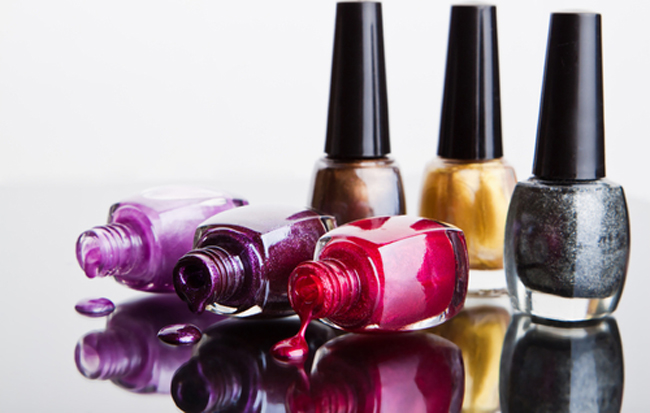


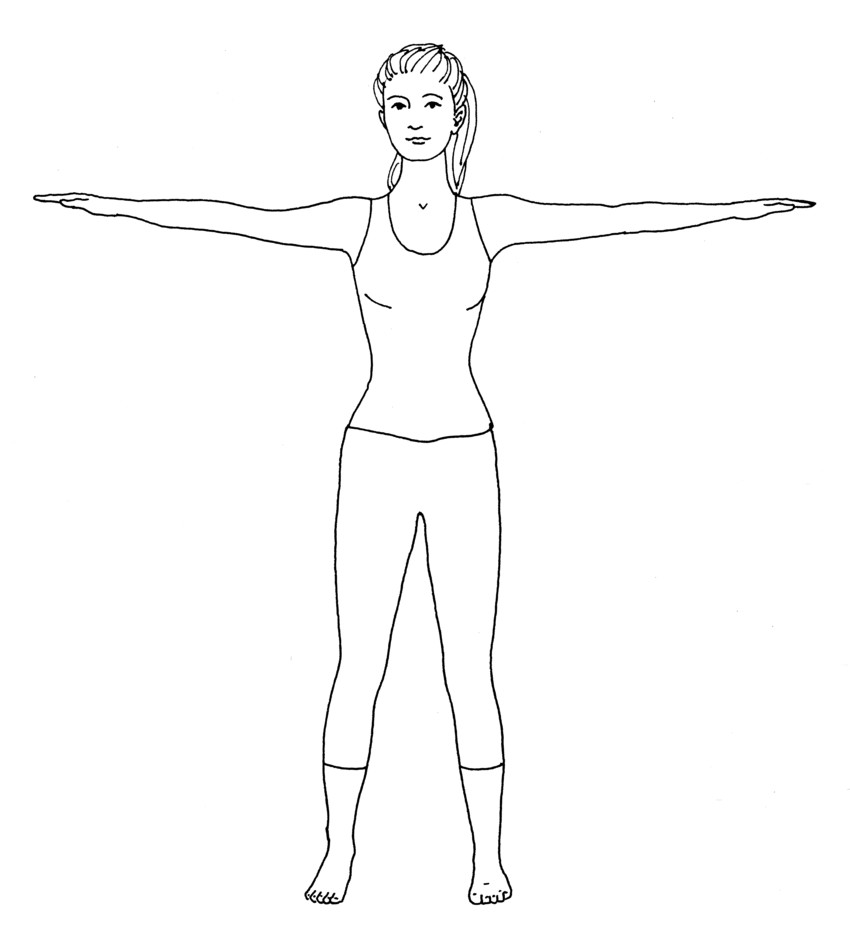 Rite 1
Rite 1 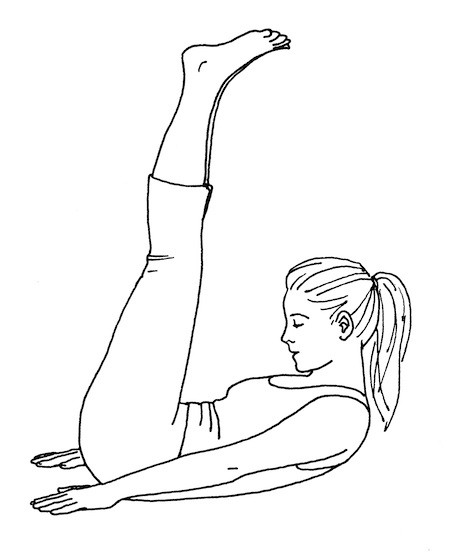 Rite 2
Rite 2 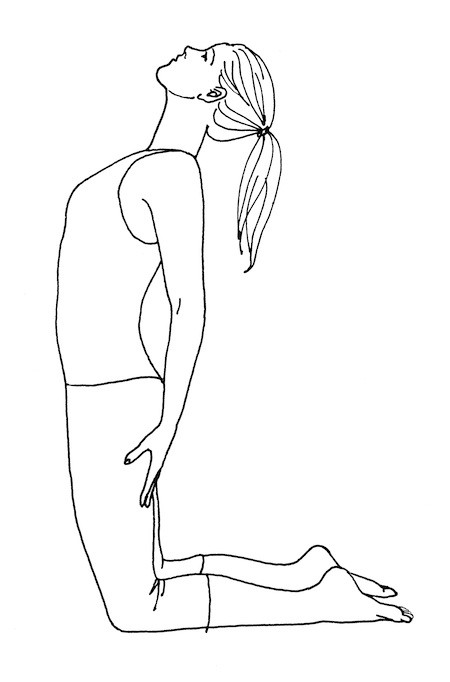 Rite 3
Rite 3 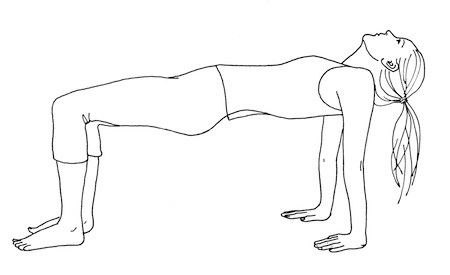 Rite 4
Rite 4 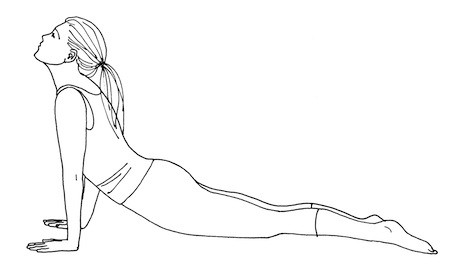 Rite 5
Rite 5 